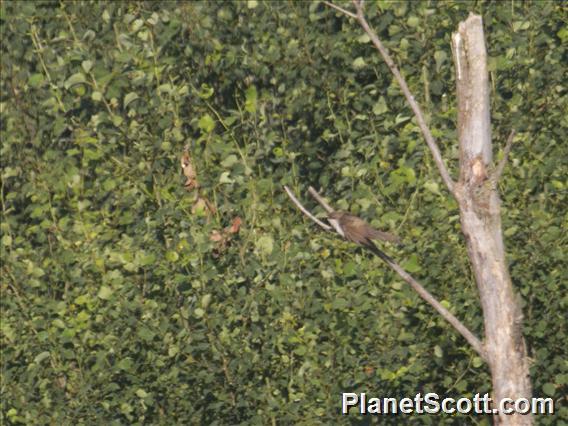Black-billed Cuckoo (Coccyzus erythropthalmus)

Black-billed Cuckoo (Coccyzus erythropthalmus)
×


Black-billed Cuckoo (Coccyzus erythropthalmus)
About Black-billed Cuckoo (Coccyzus erythropthalmus)
- Kingdom: Animals
- Phylum: Chordates
- Class: Birds
- Order: Cuckoos
- Family: Cuckoos
The black-billed cuckoo is a New World species in the Cuculidae (cuckoo) family. The scientific name is from Ancient Greek. The genus name, kokkuzo, means to call like a common cuckoo, and erythropthalmus is from eruthros, "red" and ophthalmos, "eye".
Source: Wikipedia
Lifelists
Trips
Visits
-
2012-07-09
Sax-Zim Bog, United States of America

